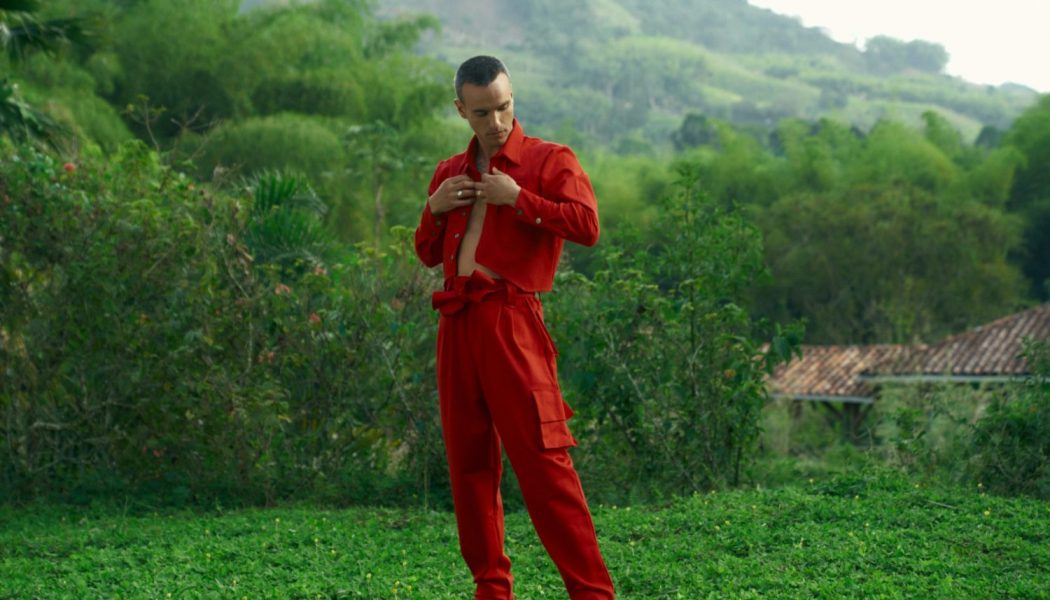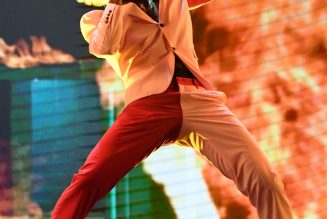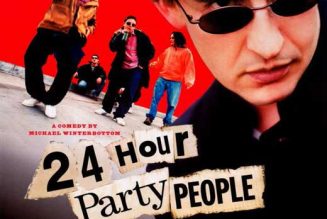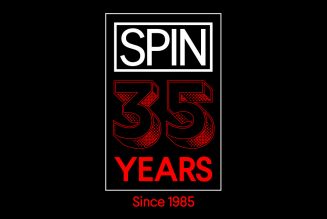
There’s nothing one-note about Gabriel Garzón-Montano.
He’s a multi-instrumentalist and producer with heritage rooted in France (on his mother’s side) and Columbia (his father’s). His catalog draws from R&B, alternative and funk. And that eclecticism blooms even further on his second album, Agüita: Here, the New York City artist leans into his Latino side, venturing into reggaetón and Latin trap music, and he weaves in sweeping orchestral tunes reminiscent of his 2017 debut, Jardin.
“[I’m] doing whatever the fuck I want,” he tells SPIN. “Just having fun and celebrating myself.”
But it took a chance career break six years ago to reach this point.
When Garzón-Montano released his first EP, 2014’s Bishouné: Alma del Huila, he personally delivered 500 vinyl copies to local record shops in the city. At his favorite, A-1 Records, Mayer Hawthorne picked up a copy and sent it to Stones Throw Records. “I thought it was ironic that in an age where everyone was saying, ‘You gotta get online with it,’ that it was a record that did it,” Garzón-Montano. “Mayer Hawthorne is my boy now, but back then that was like, ‘Wow!’”
Stones Throw later released Jardín, the title of which means “garden” in both Spanish and French. Leading up that LP, he received co-signs from Lenny Kravitz, who invited him to open his European tour, and Drake, who sampled “6 8″ for his 2015 track “Jungle.” “That gave me a hook to cement myself at that moment,” Garzón-Montano says. With follow-up Agüita, which roughly translates to “wet,” Gabriel is just going with the flow.
On the new album’s cover, Garzón-Montano is laying nude in the green bamboo of Colombia’s Eje Cafetero, the coffee-growing region. “[I’m] celebrating whatever aspect of my Colombian-ness I’m able to make my own,” he says. On the reggaetón romp “Muñeca” and the title track, a Latin trap banger, he spits his game in Spanish. “I felt way funky in Spanish and way more natural,” he says. “It was freeing.”
Garzón-Montano is known as a soul singer, but he has a slick flow too: On the bilingual hip-hop track “Mira My Look,” he switches between Spanish and English, effortlessly flexing about his style and swagger in both languages. “It’s just fun to rap,” he adds. “The way it feels to pronounce all the words is delicious.”
He enjoys the challenge of melding lyric and music — “it’s a combination of playing games that I find fun interesting — just being an instrument myself.” And on album closer “Blue Dot,” he shared that task with the track’s co-producer Theo Bleckmann, who brought years of jazz expertise — helping enrich Garzón-Montano’s already layered sound.
The orchestral R&B flair that defined his early work is also present on Agüita. Garzón-Montano says his mother, whom he lost in 2006, is the reason why he became involved with music as a kid — and “Moonless” is his ode to her. “It gives me a lot of power and strength,” Garzón-Montano says of writing that song.
In that musical tribute, his velvety and vulnerable voice soars over cinematic strings and tick-tock beat. And as the song’s producer, he also embedded a message in the soundscape. “Those characters in the music are lending it this levity and examining this raw expression of sadness,” he adds. “You’re codifying this tragedy to be able to give it to people without knocking them over.”
In an industry always eager to define and compartmentalize artists, Garzón-Montano has remained an outlier, doing what he feels rather than what’s expected of him. He hopes to inspire his listeners to do the same.
“I want kids to feel empowered to do as they please,” he says. “[I want] for people to think that more things are possible and to keep pushing.”










